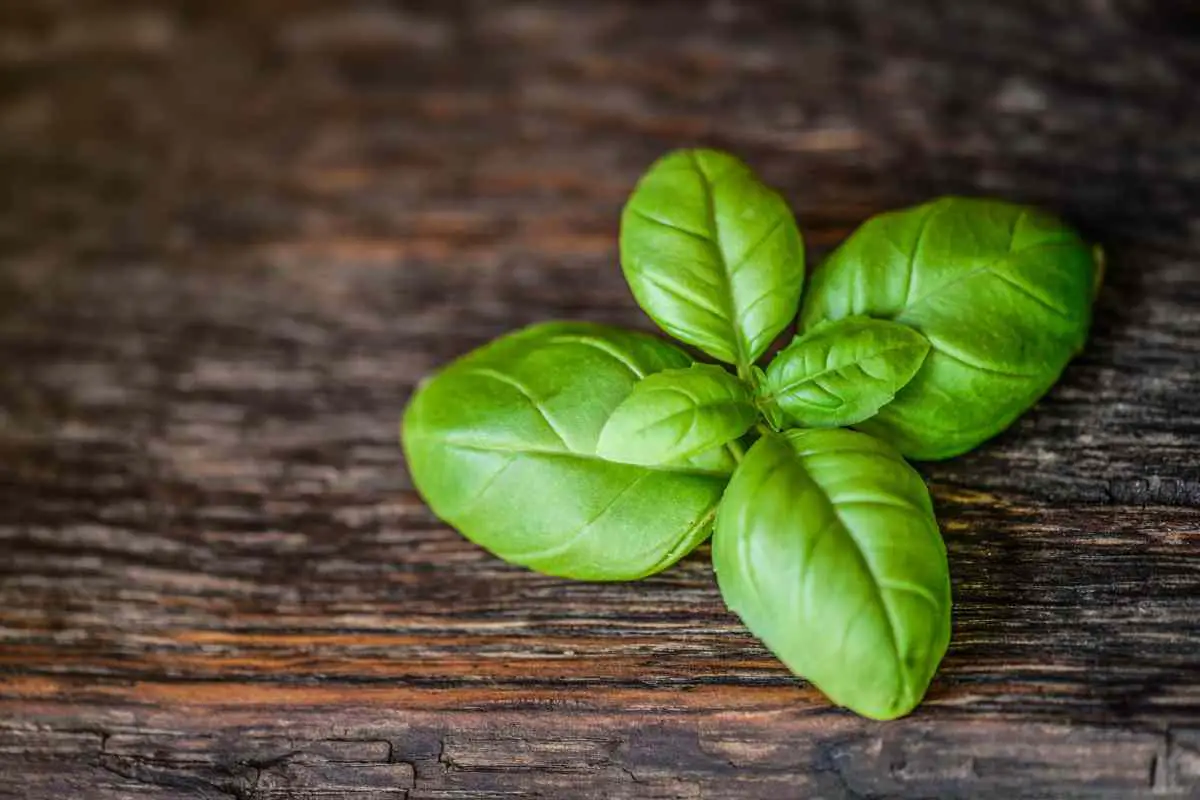An excellent technique to obtain plants for no cost is by taking cuttings from already existing plants in your garden.
If you can learn this useful ability, there are many various types of shrubs, herbaceous plants, and vegetables that can all be produced from cuttings- tomatoes included!
Overall, one may increase their tomato yield by taking cuttings from a tomato plant and growing them. Take notice that these cuttings will yield fruit later than the more mature plants from which they were taken. However, when grown in a greenhouse, this strategy can also help gardeners stretch their tomato ripening season into the fall.
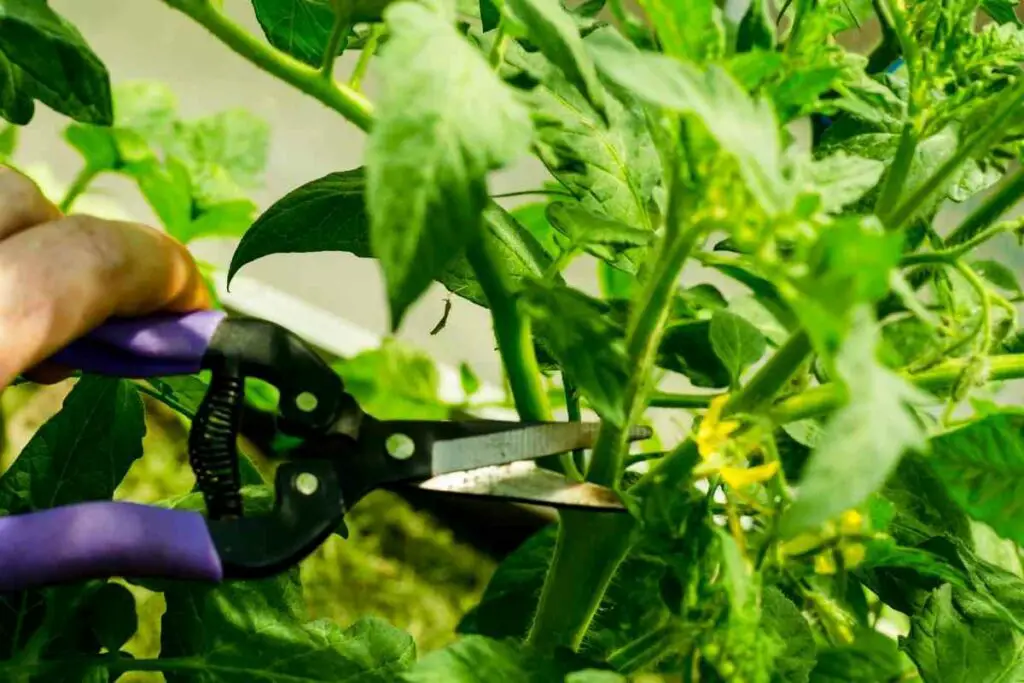
Continue reading to learn more about growing tomato plants from cuttings, including whether it is possible to propagate tomato plants from cuttings, as well as how to grow tomato plants from cuttings, and more.
Table of Contents
Can You Propagate Tomato Plants From Cuttings?
Yes, fortunately propagating your tomatoes from cuttings is possible.

Overall, this is actually an excellent method for cloning your favourite tomato type.
The main advantage of propagating from cuttings is that, if you water and feed your tomatoes appropriately, you may also have your new tomato plant in less than a month.
How to Grow Tomato Plants From Cuttings?
1. Obtaining Fresh Cuttings From A Healthy Plant
Suckers are the side branches that emerge right where a branch joins the main stem.
Over time, these suckers develop into branches with their own leaves and fruit.
These sprouts are to blame for the spreading and bushy growth of tomato plants. They also contribute to the simplicity of tomato propagation.

These suckers are the part of the tomato plant you want to obtain if you plan on propagating your cuttings.
Fortunately – If you enjoy tomato pruning, you will already be cutting these suckers from your parent plant as part of your usual care.
Therefore, rather than discarding these plants’ scraps, why not try and replant them in order to increase your overall fruit yield?
Take note that in order to encourage rapid growth, one should also remove suckers from a rapidly developing healthy plant.
For example, indeterminate tomatoes have a little advantage over determinate tomatoes in terms of success, but your cutting is likely to produce rapid roots either way.
2. Rooting Your Cuttings
Rooting in water is the simplest approach and the one you’ll see most frequently when doing any online search.
Fortunately, tomatoes, like many other plant species, may also be propagated using this same technique that is frequently used for houseplants.

In order to successfully root your tomato cutting, put your sucker in a glass or other container filled with water that is at room temperature.
Ensure that just the bottom portion of your cutting is in the water and that none of the leaves are submerged.
After that, set up your cutting in a warm area with some mild shade.
Typically, it takes between 10 and 14 days for the roots of your tomato sucker to begin growing. To ensure a good start, keep the cutting in the glass for a little while longer.
It is also important to keep an eye on the water levels and top up the container as required. Overall, your cuttings should be ready to be put into your garden after their roots are about an inch long.
3. Transplanting Your Cutting to Soil
Once your cuttings roots reach approximately one inch in length, gently take your cuttings out from their water-filled container, and transplant them.
Keep in mind that for your tomato plants to grow, the appropriate garden location and spacing are required.
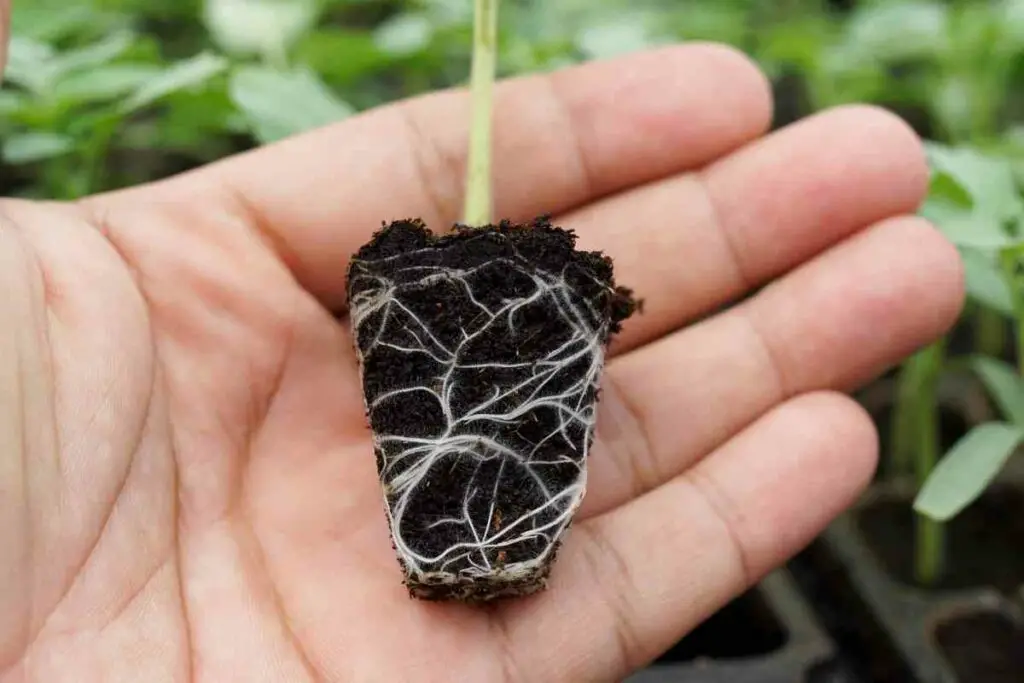
This means that in order to produce fruit, your tomatoes will require both space and a great sunny place (regardless of whether they are grown in raised beds or conventional rows.)
For example, Tomato plants should, on average, be spaced no closer than 2 feet apart.
Gardeners should also keep in mind that the dirt should completely round the tomato plant when it is planted, deep.
Overall – If these steps are followed, your tomato cuttings should quickly develop into mature plants that can produce their own ripe tomatoes.
What Other Fruit and Vegetables Can Grow From Cuttings?
1. Zucchini
Zucchini plants can also be multiplied by propagating cuttings.
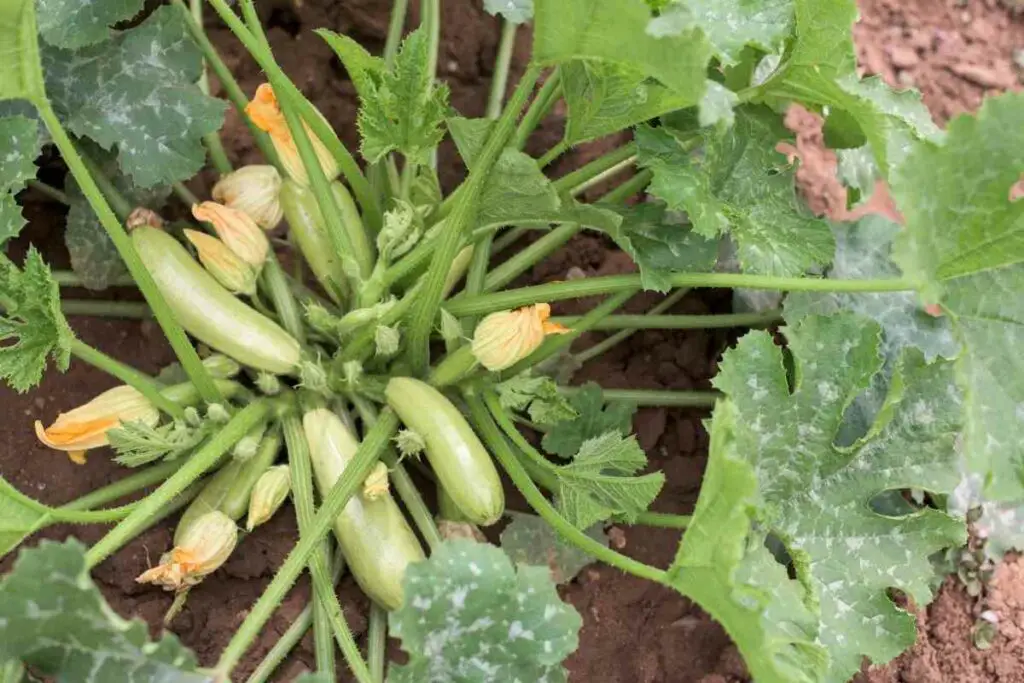
For example, use a pair of shears to trim a 5-7-inch-long sucker off a healthy zucchini plant.
In order to obtain roots on your cutting, follow the same 3 simple steps listed above, as you would with a tomato plant cutting. Once your cutting develops roots, transplant it over into your garden.
Take note, however, that in order for your zucchini cutting to successfully thrive, one must also keep it out of bright sunlight and give it plenty of water.
Overall, if you follow the steps appropriately, the plant will grow in approximately 2–3 weeks.
2. Pumpkin
Do you possess a languid pumpkin vine?
If so, you have the opportunity to increase it.
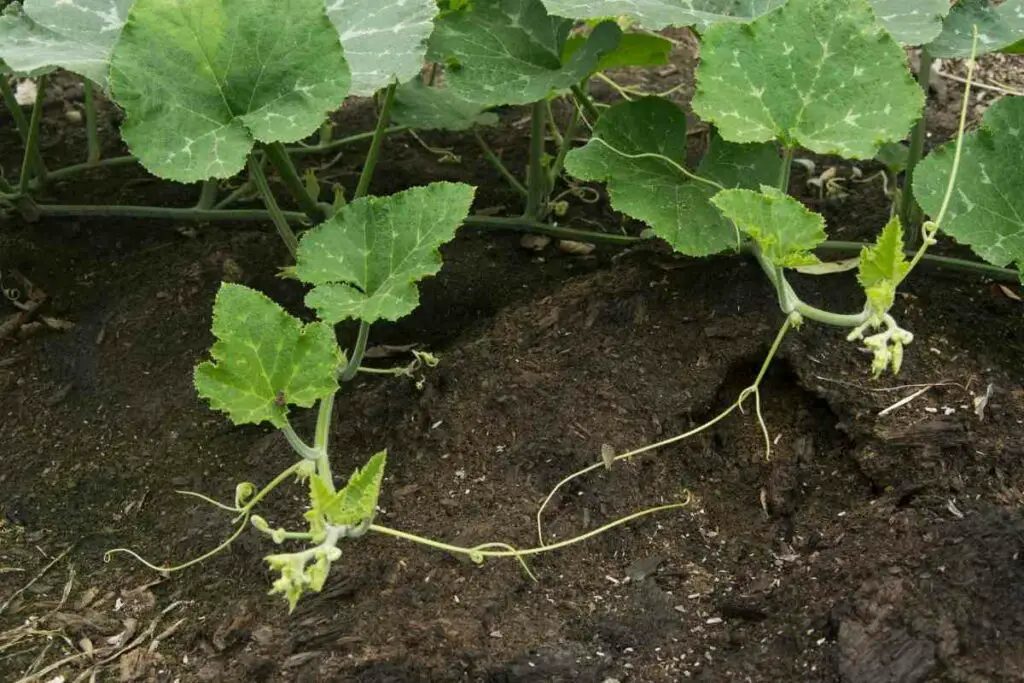
In order to propagate your pumpkin vine, in a fresh pot, bury a piece of the vine 1/2 inch beneath the soil line.
Then trim the leaves on the portion of the plant you buried.
Over the next few weeks, maintain consistent soil moisture in that container, but water the mother plant less frequently.
By Doing This – The clone plant will become less reliant on the mother plant and begin developing roots of its own.
Overall, your cloned pumpkin plant will root in about a week or two.
3. Cucumber
Cucumbers are a tasty and healthy fruit, but many amateur gardeners experience anxiety when they discover that a cucumber vine has broken.
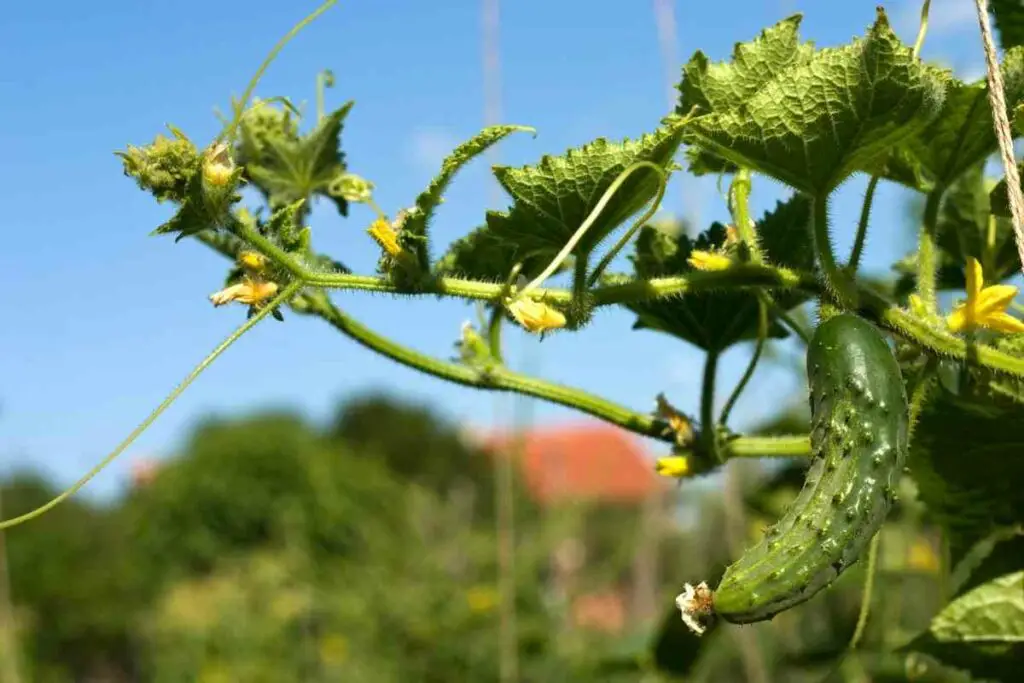
Fortunately, you may learn how to use those broken cucumber stems as cuttings with only a few simple procedures or you can create your own cuttings to grow the plants safely at home.
In order to successfully propagate a cucumber cutting:
- Take a 6–8-inch snip from a cucumber vine.
- After that, place the cutting in a glass of water and place it in bright, dappled sunshine.
- Overall, the cuttings should develop delicate roots in 2-3 weeks.
- You may then plant them immediately into your preferred soil or container.
- How to Dry Basil Leaves: A Professional Guide
- Is an Avocado a Fruit or Vegetable? Simple Answer and Explanation
- Does Pineapple Have Seeds? Exploring the Anatomy of Pineapples
- Blooming Through Winter: Can I Grow Vegetables Indoors in the Winter?
- What Can You Grow in a Greenhouse All Year Round: A Guide to Year-Round Greenhouse Gardening
- Are Blueberries Blue? Debunking the Myth of Their Color














